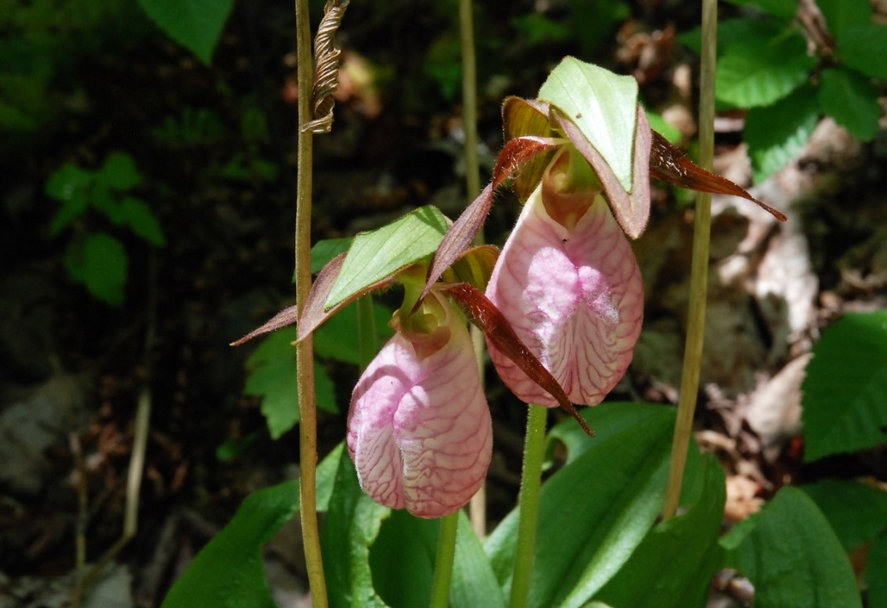Loons, lady’s slippers and blackberries
Finding solace in the natural world during this time of national and world crisis
The interruptions of children and dogs and cats [who appear without bidding] reflect an inclusive view of the universe, where we break down the artificial silos of the corporate flow of information and advertising content.
MIDDLESEX, Vermont – We have found solace in the natural world during this time of national and world crisis. There is a difference between solace and denial. In our love of plants, animals and places we achieve greater awareness of grief and suffering. To know joy, one must know sadness. Nature is neutral and does not judge or worry.
As Wendell Berry says in “The Peace of Wild Things”:
“When despair for the world grows in me and I wake in the night at the least sound in fear of what my life and my children’s lives may be, I go and lie down where the wood drake rests in his beauty on the water, and the great heron feeds.”
We can’t know what animals think. We do know that humans see the future and worry. Recently one of us watched a great blue heron wade and fish in a nearby pond. Calmly the bird rose, flapping its long wings in gentle flight up over the meadow.
In “Wild Geese” Mary Oliver says:
Tell me about despair, yours, and I will tell you mine.
Meanwhile the world goes on.”
Call and response
The natural world is full of sounds. One night we heard barred owls call back and forth, answering each other throughout the night as they hunted and kept watch, four hoots followed by four more.
Kayaking on Peacham Pond, we heard loons’ eerie wails, as they called back and forth to tell each other their location. At the same time they made soft hoots to their youngsters. There are nights on lakes when you can hear both loons and owls at the same time, a cacophony of bird music.
Lush life
We were especially aware of spring wildflowers this year. On one walk in the woods we saw more than 30 lady’s slippers in bloom. Their blossoming is brief, a couple of weeks in late May and early June. The woods were also lush with the yellow blossoms of Clintonia borealis, also known as blue-bead lily. In a nearby bog we spotted a pitcher plant. These plants hold water in which they trap and digest insects.
Nature can be heard, seen, smelled and tasted. You don’t have to be a wild animal to forage. This summer we’ve found wild blueberries and raspberries. Now blackberries are ripening.
Neither kind nor cruel
Nature is neither kind nor cruel; it simply is. Death is real and inevitable, as one of us realized recently, seeing a garter snake swallow a live frog by the side of the road. That’s not to say that the frog enjoyed its fate, and that we shouldn’t use common sense to avoid death and danger.
While we have observed nature near our homes in Vermont, you can find solace in nature anywhere. Cities and towns of New England, from Rhode Island to Maine are arboretums of native and introduced tree species. Some of the largest, oldest white pines and sugar maples grow in suburban yards.
As climate has changed, species have moved back into urban habitats. Urban deer now graze on gardeners’ vegetables and perennial flowers. Foxes scoot across city lawns.
Find a favorite place. Listen to a bird outside your window. As Mary Oliver says:
“Whoever you are, no matter how lonely,
the world offers itself to your imagination
calls to you…”
These wild things have brought each of us comfort during this distressing time. Find a place, whether forest, lake, seashore or city park, and seek comfort.
George Longenecker, Cynthia Martin, Ginny Callan and Cort Richardson are long-time residents and friends in Vermont.







